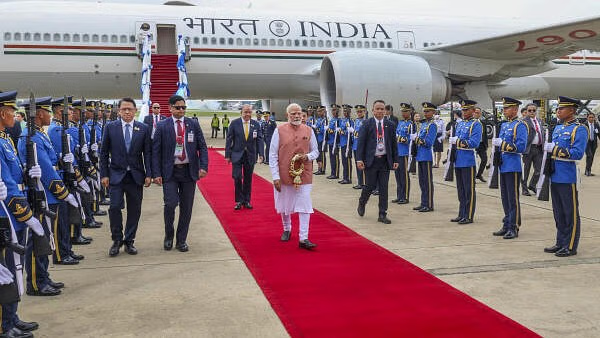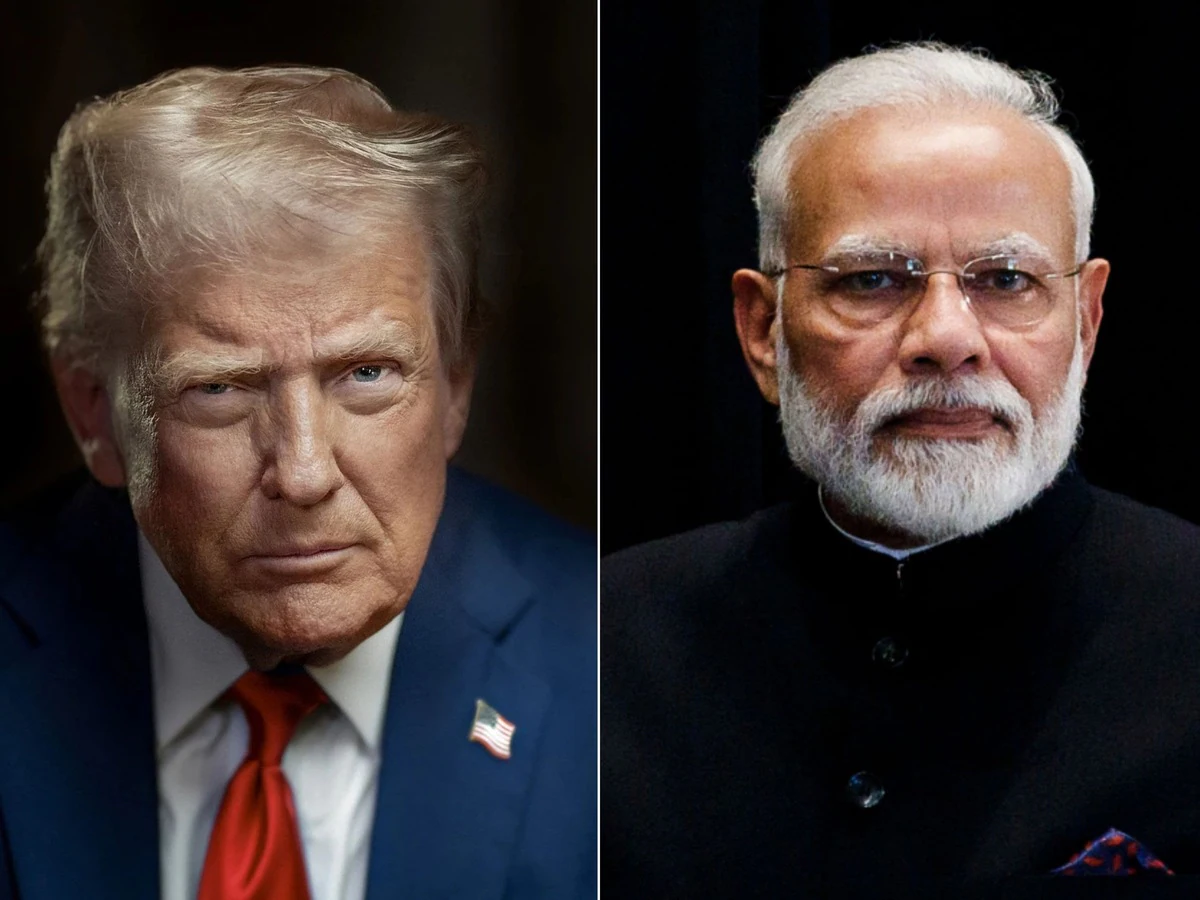In 2025, the world commemorates the 80th anniversary of the United Nations Organisation, a milestone punctuated by significant events throughout the year such as the General Assembly High-Level Week in New York, the High-Level Meeting to Commemorate the 80th Anniversary of the UN, the Climate Summit and SDG Moment etc.
Today, global leaders gather in New York for the Fourth High-Level Meeting on Non-Communicable Diseases and Mental Health (HLM4). As NCDs claim 41 million lives yearly and mental health crises surge, HLM4 underscores the UN’s vital role in driving global health solutions, setting the stage for reflecting on its historic achievements and pressing need for reform to address today’s challenges.
From Ashes: Birth of the United Nations
Founded on October 24, 1945, the UN emerged to counter the devastation of two world wars that killed over 100 million. Unchecked aggression and broken alliances demanded a strong mechanism for dialogue, peace, and progress. This was needed to build upon and prevent the failure of its predecessor, the League of Nations in future. Launched in 1919 after World War I, the League aimed to prevent conflicts through mediation and sanctions. Its weak mandate and absence of powers like the United States doomed it. Italy’s 1935 invasion of Ethiopia and the slide to another war exposed its flaws, paving the way for the UN’s robust design.

President Franklin D. Roosevelt, who first termed the alliance of 26 nations against the Axis as the ‘United Nations’ in 1942, envisioned it as a safeguard for ‘four essential human freedoms’: speech, worship, want, and fear. Complementing this, Winston Churchill declared in 1943, ‘We must have a world organization to prevent future wars,’ underscoring the era’s desperate pivot from isolation to interdependence.
Evolving Architecture: Structure and Achievements
The UN’s framework marries vision with viability. Central is the General Assembly, uniting 193 members in equal discourse. The Security Council, comprising fifteen seats, five permanent (P5: China, France, Russia, the United Kingdom, and the United States) with veto authority, and ten rotating, bears the mantle of peace. Auxiliary bodies encompass the Economic and Social Council for advancement, the International Court of Justice for adjudication, the moribund Trusteeship Council, and the Secretariat for oversight.
Through eight decades, the UN has advanced markedly. Over 70 peacekeeping operations have steadied terrains from Cyprus to the Democratic Republic of Congo; the Sustainable Development Goals propel assaults on indigence and environmental peril. Entities like the World Health Organization and UNESCO have bolstered health access and heritage safeguarding, adapting through decolonization, bipolar strife, and interconnected flux.
UN Secretary-General António Guterres affirms this trajectory: “The United Nations has never been more needed. Our values have never been more relevant. And the needs have never been greater.”
The Chasm: Aspirations Versus Outcomes
Conceived as equity’s sentinel and power’s restraint, the UN grapples with a rift between intent and impact. Vetoes, meant as checks, frequently stall resolve, subordinating crises to state rivalries. Hopes for universal disarmament and fair allocation have ceded to piecemeal gains, with edicts on ecology or epidemics inching forward as foundational duties waver.
A Relic of Yesteryear: The P5’s Enduring Grip
This discord crystallizes in the Security Council’s makeup, a 1945 artifact; it reflects an outdated post-World War II order, with its five permanent members dominating discussions. While effective during the Cold War’s bipolar era, the Council’s structure is now redundant in today’s multipolar world. Emerging powers, influential in geopolitics, trade, and innovation, lack permanent seats, sidelining their global impact. Africa, with 54 nations and over one billion people, remains without fixed representation, as highlighted by Zambian leader Mutale Nalumango Milupi, who calls for better African inclusion. Reforming the Council is crucial to align with modern realities and ensure equitable global representation.
Echoes of Critique: Voices on Redundancy
Such inequities fuel charges of obsolescence. India’s External Affairs Minister S. Jaishankar, in his 2023 UN address, likened the Council to “an old club” loath to expand, adding in 2024, “This cannot be delivered by a UN paralyzed when faced with division, conflict, terrorism and violence.” Prime Minister Narendra Modi echoed in 2020: “The United Nations faces a ‘crisis of confidence’ without comprehensive reforms.”
Impotence in Action: Failures to Quell Conflicts
These frailties manifest in the UN’s incapacity to curb strife. Though it mobilized for Korea in 1950, later tumults revealed cracks. Vietnam’s 1960s spiral dodged rebuke; Iraq’s 1990 Kuwait thrust yielded to aligned stakes. Syria’s toll, over 500,000 lives, languished under Russian and Chinese blocks. Russia’s 2022 Ukraine incursion and Israel’s Gaza actions since October 2023 similarly gridlock the body, vetoes insulating perpetrators as innocents suffer. Ukrainian President Volodymyr Zelenskiy implored at the 2025 General Assembly: “Stop Russia’s war or face a destructive arms race.” Guterres lamented Gaza’s impasse: “A just and lasting peace will never be built through more violence.”
The Imperative of Multilateralism: Relevance Amid Reform
For all its blemishes, multilateral forums endure as essentials. In a woven globe, solitude spawns disorder: behold trade frays or rampant digital perils. The UN persists as impartial parley ground, steward of tenets like the Universal Declaration of Human Rights, and steward of shared realms such as space. Its tenacity across perils, from Cuba’s 1962 brink to COVID’s scourge, validates irreplaceability. As Guterres noted in 2025, “This 80th anniversary is a prime moment to expand all our efforts.” Survival, though, mandates overhaul, not reminiscence.
The Rise of Alternative Multilateral Platforms
The rise of regional and global institutions like BRICS, the European Union (EU), and the G20 is increasingly positioning them as platforms for equitable representation, notably through steps like the G20’s 2023 inclusion of the African Union as a permanent member, amplifying the Global South’s voice. Other multilateral bodies, such as the Association of Southeast Asian Nations (ASEAN) and the World Trade Organization (WTO), offer agile forums for economic cooperation and dispute resolution, often bypassing the UN’s veto-laden gridlock. While these institutions question the UN’s relevance by fostering inclusive dialogues among emerging powers, none match the UN’s near-universal membership of 193 nations or its global mandate to address existential threats like climate change and pandemics.
Pathways to Renewal: India’s Reform Blueprint
India, a charter signatory and reform vanguard, proffers precise fixes. Via the G4 (India, Brazil, Germany, Japan), proposals urge six fresh permanent slots: G4 plus two African, regionally balanced, sans initial veto to maintain poise while boosting credence. Four extra rotating seats would amplify diverse inputs, including small islands. India advocates deadline-driven talks, veto restraint in atrocity cases, mirroring France’s “code of good conduct”, and shuns veto proliferation or faith-tied quotas for impartiality. Modi urged in 2023: “Reform to ensure representation of voices that matter.” The 2024 G4 missive insists: “The reform shall ensure an inclusive, transparent, efficient, effective” Council.
Toward a Resilient Tomorrow
The UN’s 80th anniversary marks a critical moment: stay outdated or embrace renewal. By listening to calls for fairness, nations can restore the Charter’s promise of a world where peace belongs to all, not just a few. The journey demands effort over ease. Unity brings strength; may this milestone spark the drive to create a UN ready for future challenges.



